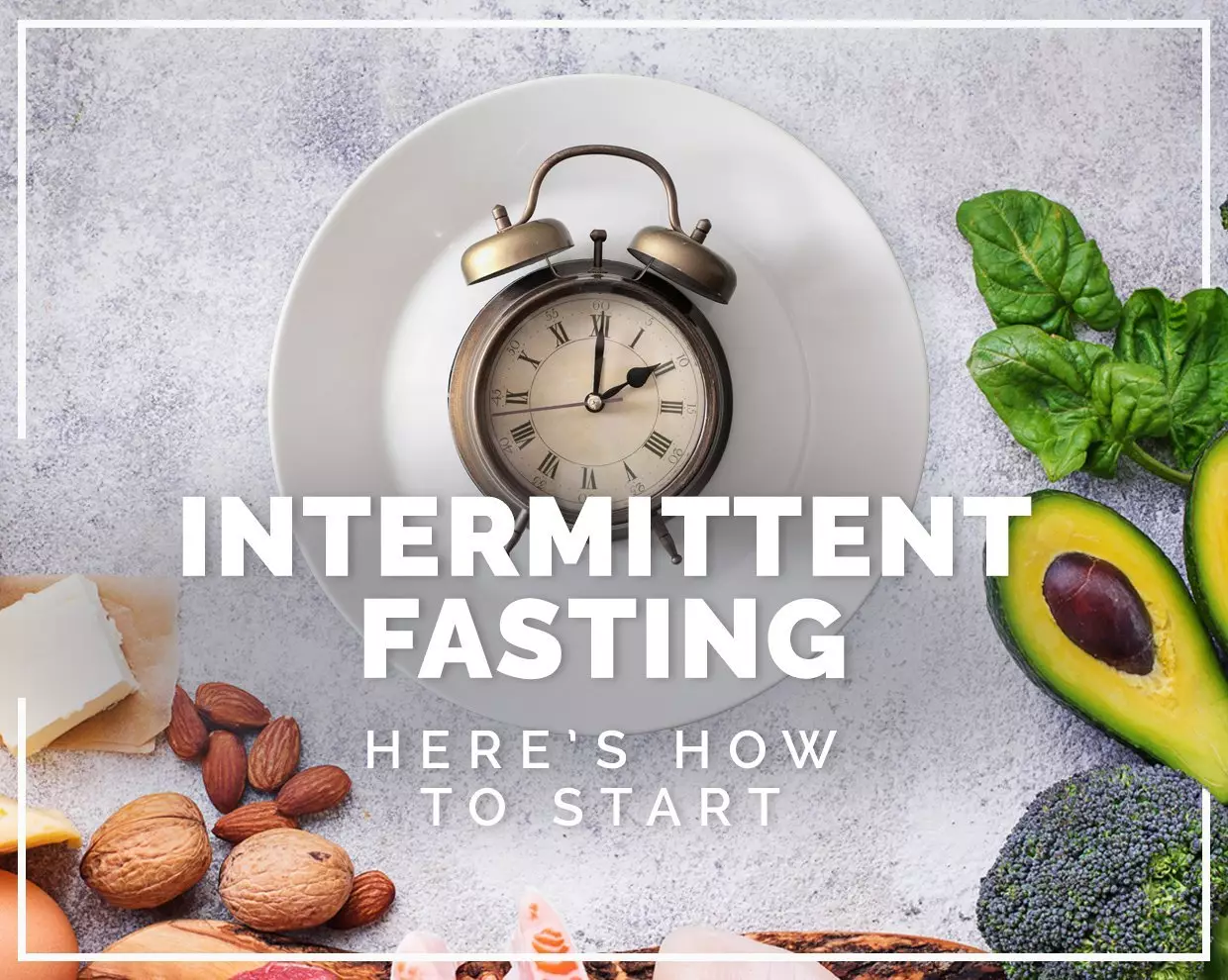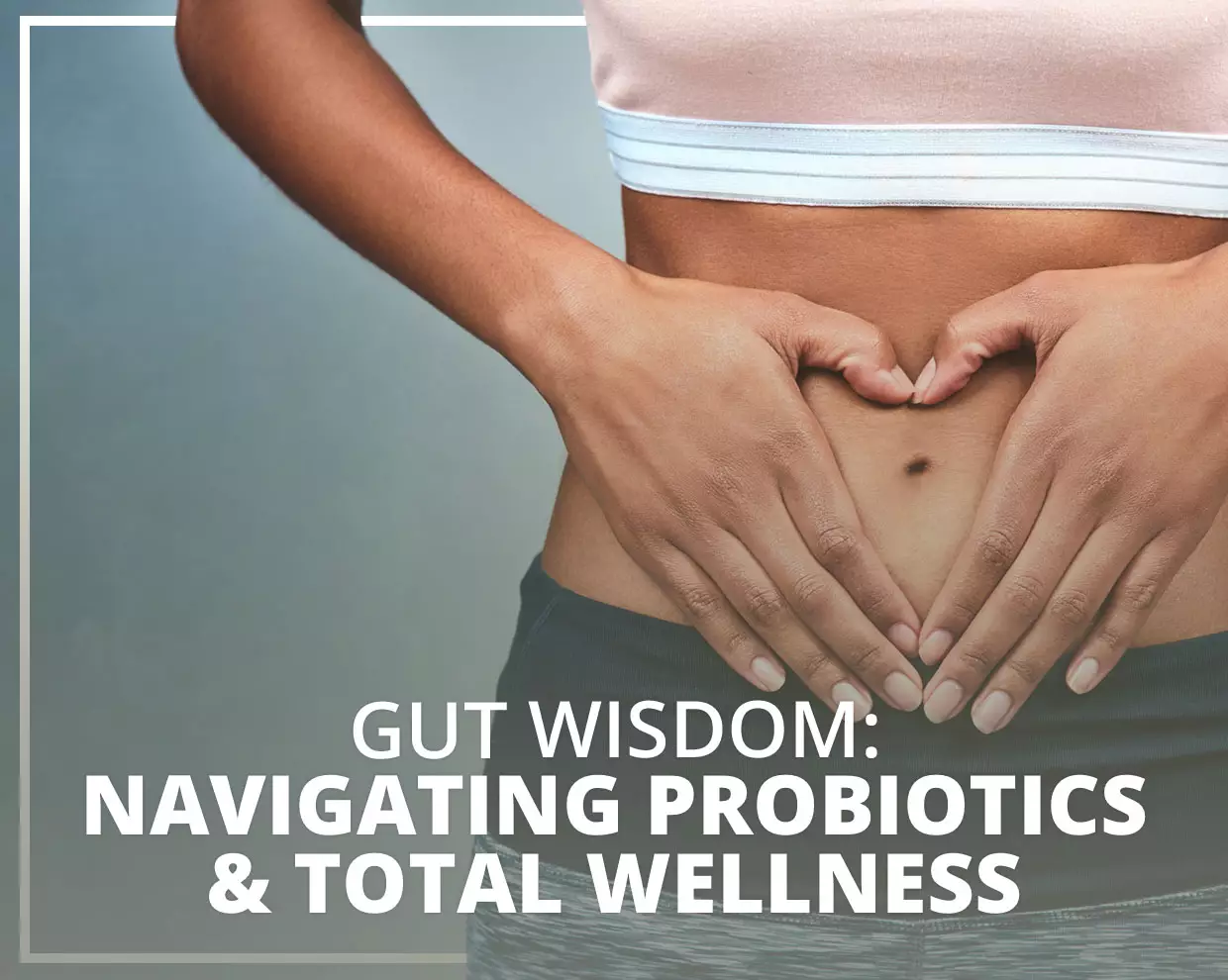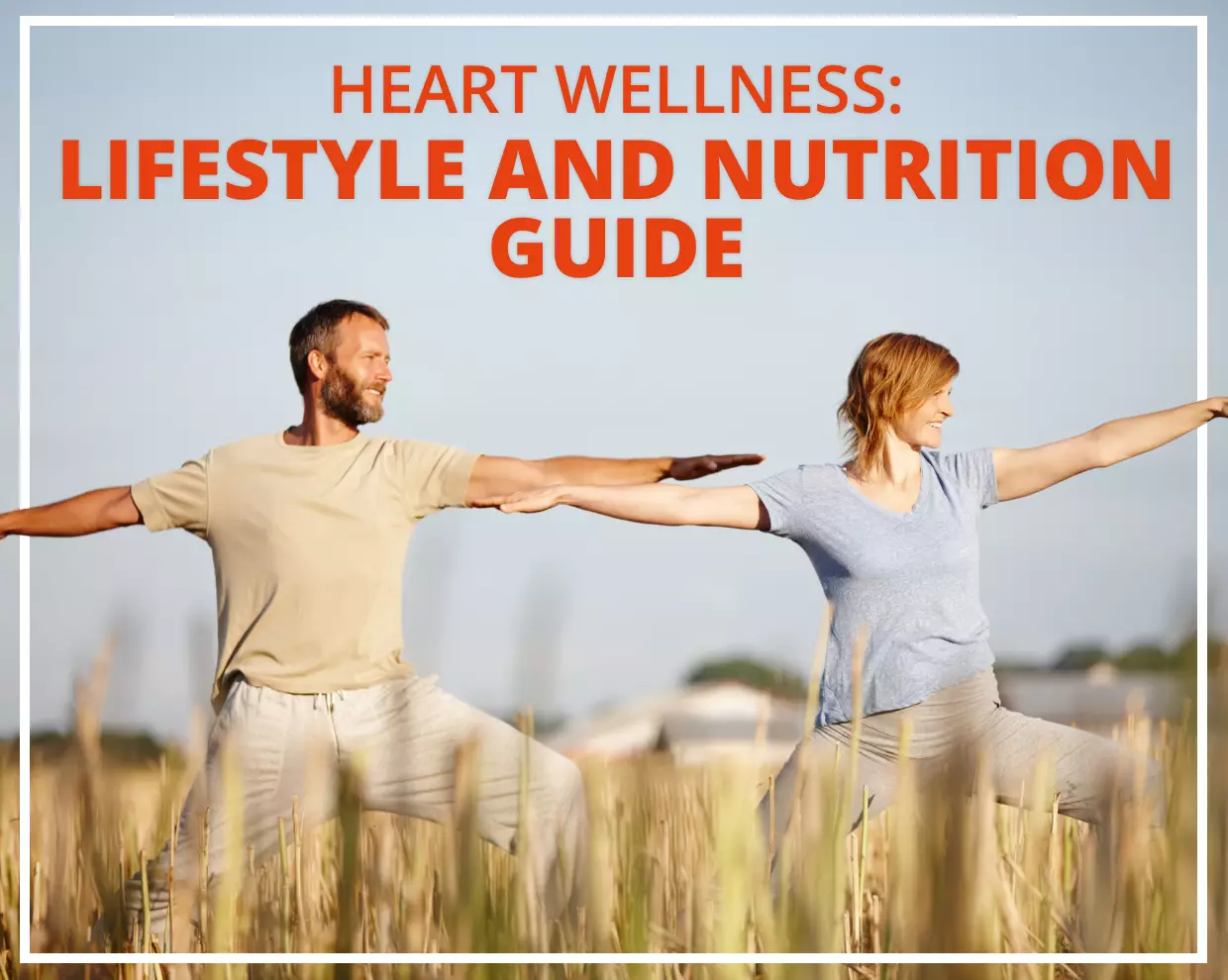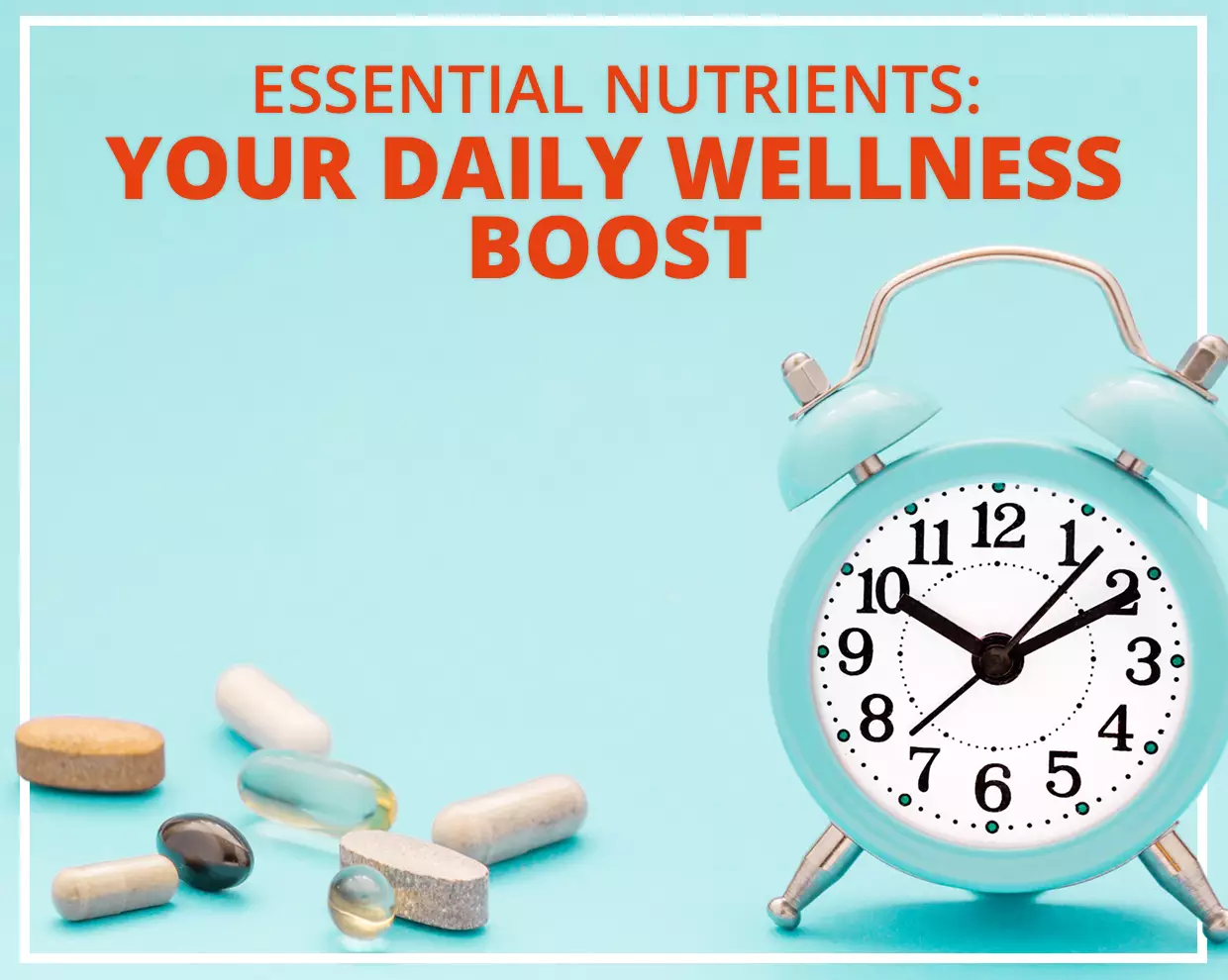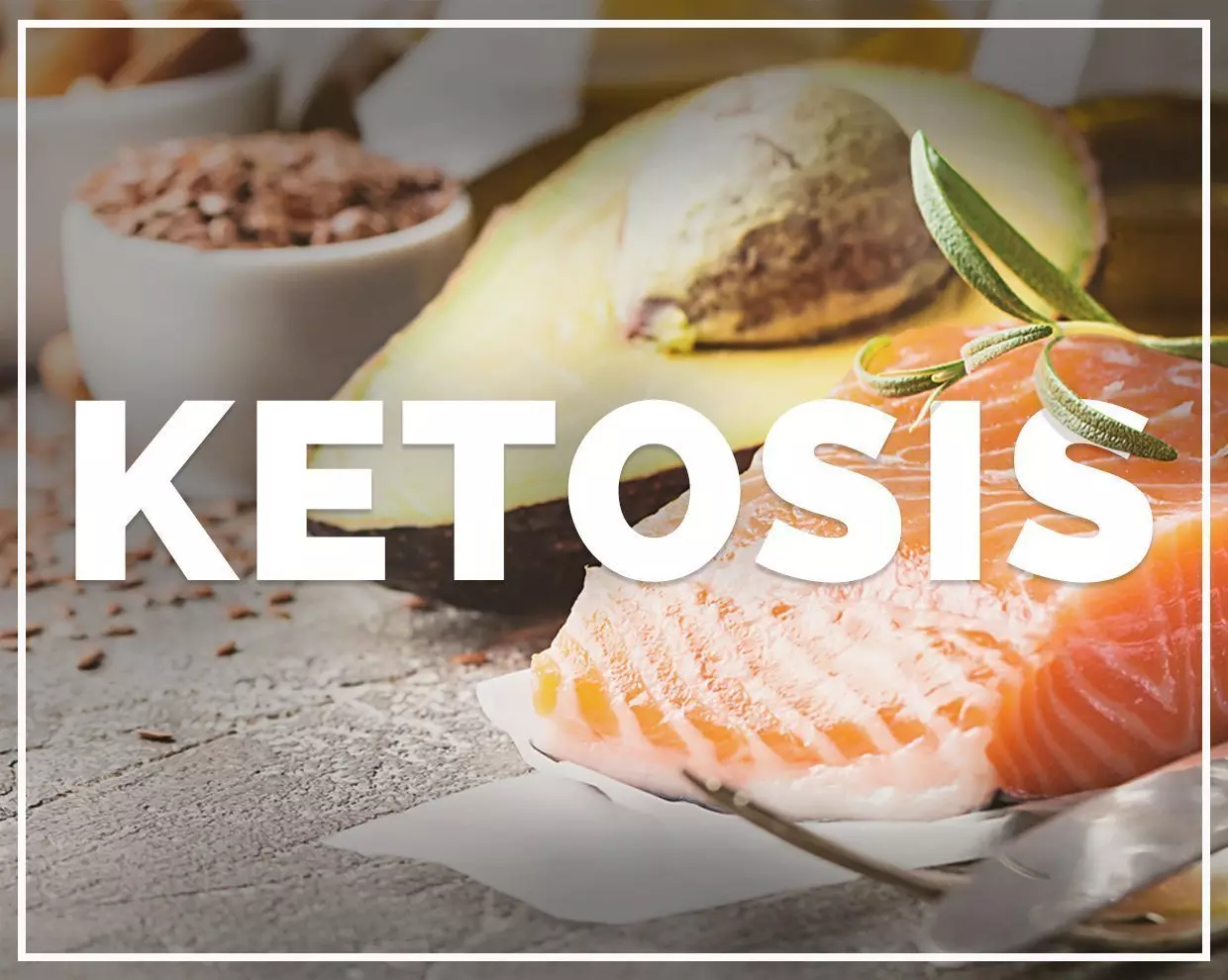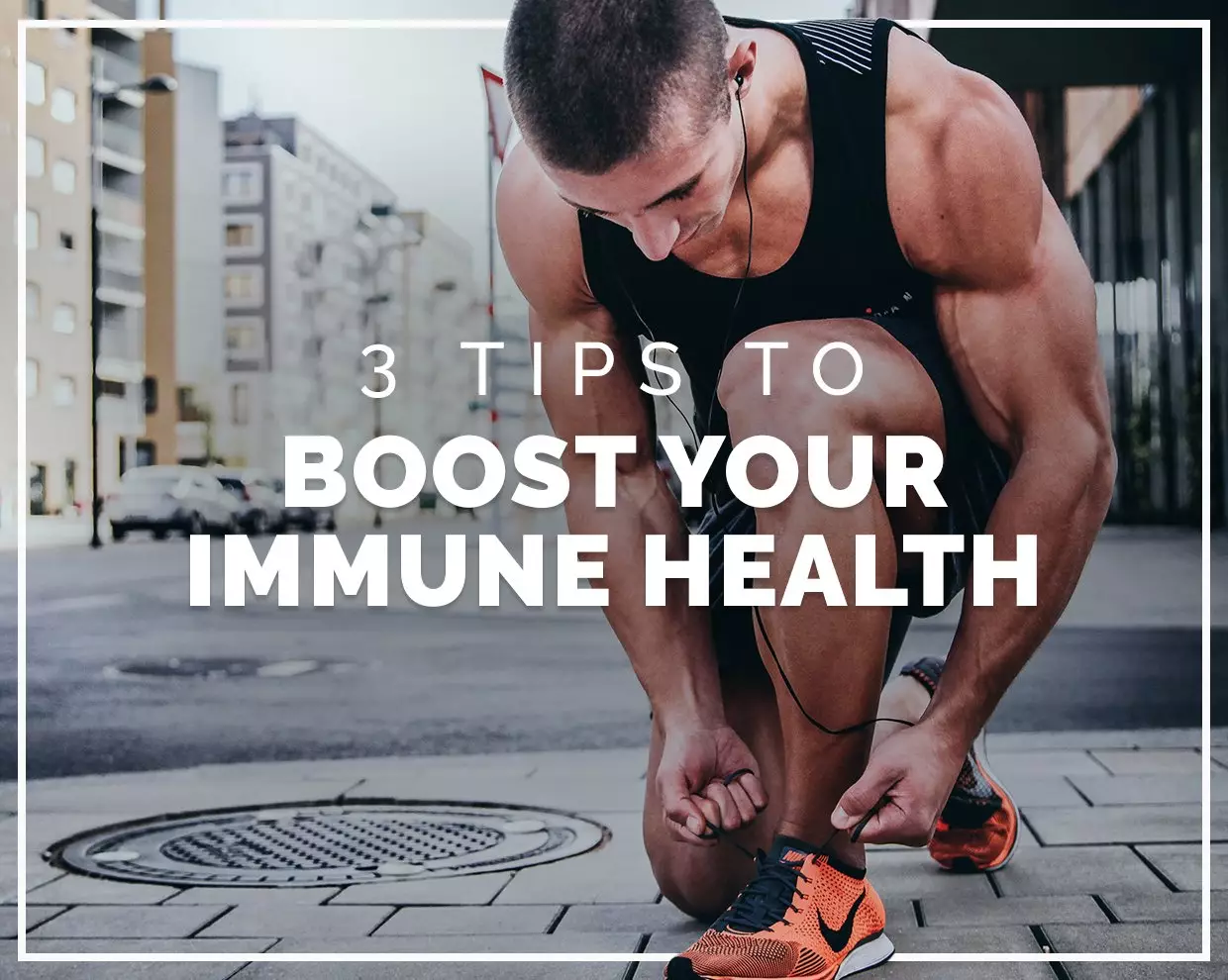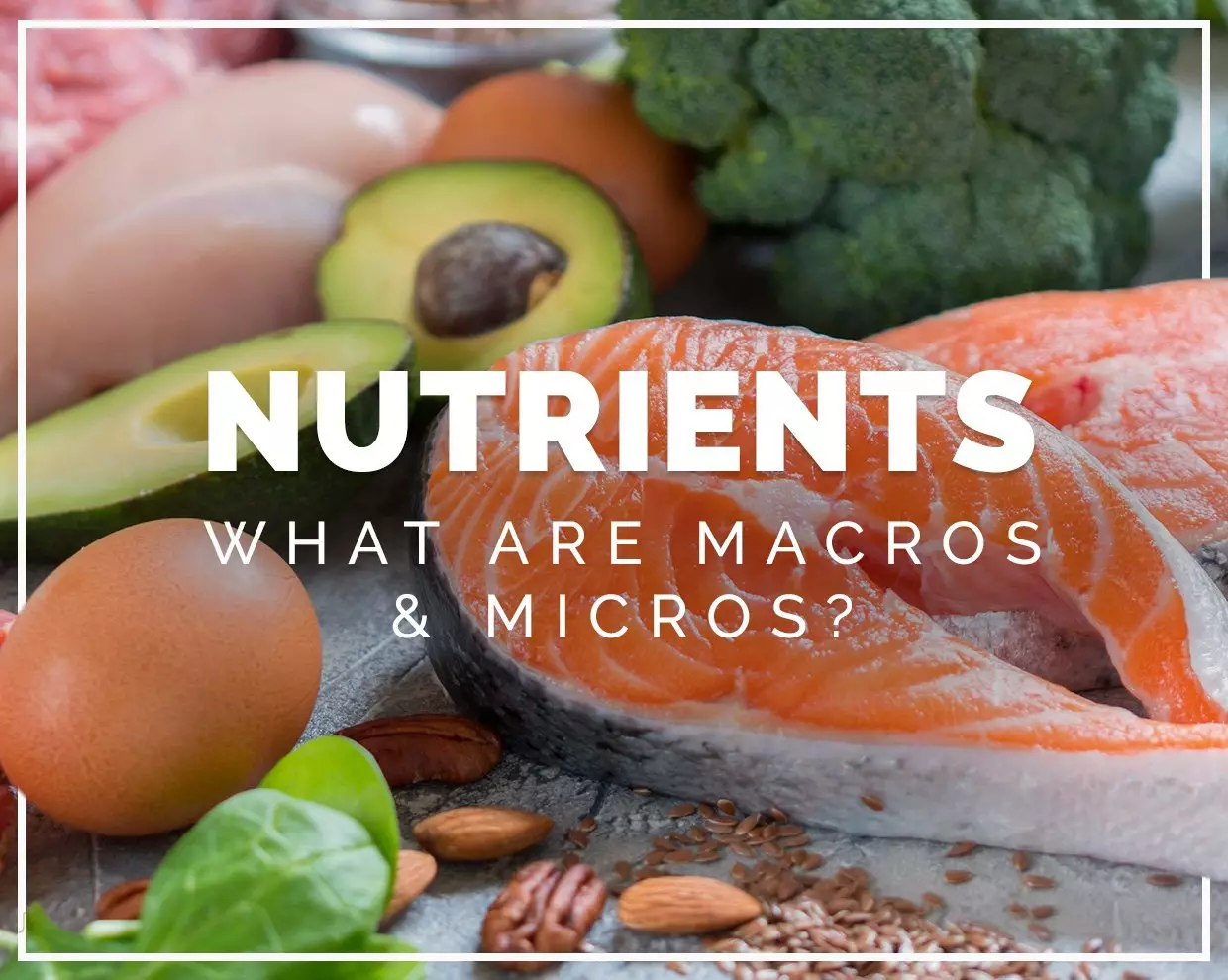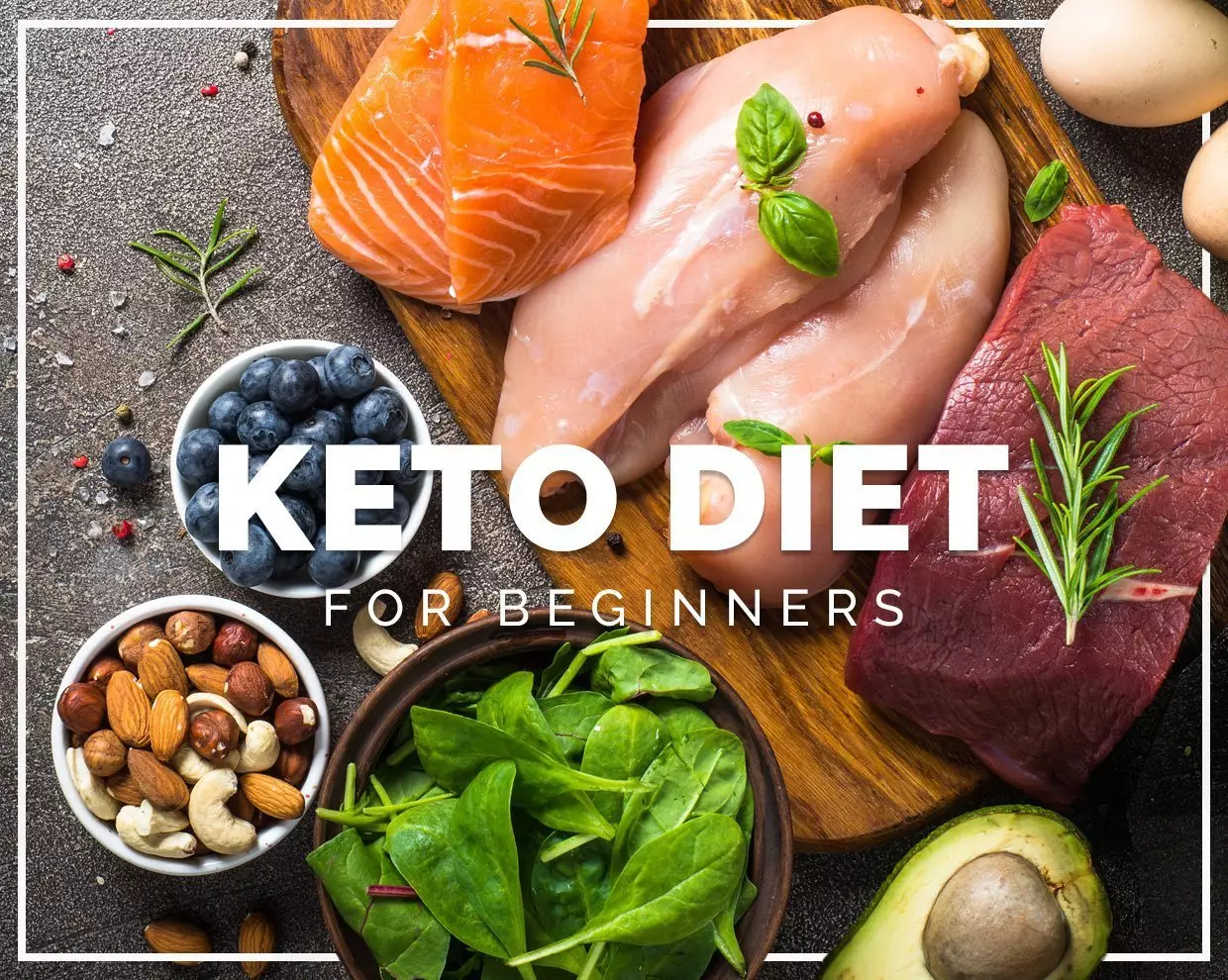Intermittent Fasting (IF) has become a popular tool for maintaining a healthy body weight. But the health benefits of intermittent fasting extend far beyond weight loss alone.
The benefits include:
» Reducing inflammation – Via the metabolic switch that occurs when your body moves into a state of ketosis, reducing oxidative stress and inflammatory markers
» Improving immune function – Resting the digestive system gives the immune system a natural boost, with the added anti-inflammatory effect of increasing ketone bodies like beta-hydroxybutyrate (BHB) as your glycogen stores diminish (1)
» Increasing clarity and improvements in cognitive performance – Fasting stimulates the production of Brain Derived Neurotrophic Factor (BNDF), and has been shown to increase neuronal network activity in brain regions involved in cognition (1)(2)
» Slowing the process of ageing and disease – During fasting periods your body can remove cellular waste and damaged cells via a process called autophagy.
How does it work?
The mechanism behind these benefits is related to an evolutionary adaption known as “metabolic switching”.
In the absence of glucose and fats from food, your metabolism switches to liberating your fat stores via fatty acid oxidation. This puts you into a fat burning state of ketosis, where your body produces ketone bodies in the liver for fuel. We have written more about ketosis and the ketogenic diet here.
The “metabolic switch” is thought to have evolved in mammals to adapt to periods when there was limited availability of food, ensuring they stay motivated and focused to hunt.
Fasting also triggers autophagy, allowing your body to clear out any damaged cells and cellular waste. Cancer cells are dependent on glucose for their survival - the combination of reduced insulin levels and reduced glucose availability means cancer cells can be starved out during fasting periods(3).
What are the different types of fasting?
There are a few different approaches of Intermittent fasting for you consider.
» 5:2: Eat normally for 5 days each week, and eat a reduced calorie diet on the other 2 days, typically 500-600 calories on your fast days.
» Alternate Day Fasting (ADF): Alternate between eating normally for one day and having a full-day fast the next.
» Alternate Day Modified Fasting (ADMF): Alternate between eating normally for one day and eating a reduced calorie diet the next day, typically 500-600 calories on your fast days.
» One meal a day (OMAD): Fast during the day, eating just one meal at a time of your choosing (either late lunch or an early dinner usually works best)
» Time-Restricted Feeding (TRF): Eat between a certain window each day, which can be anything from 6 - 12hours
» 16:8 A well-researched version of Time Restricted Feeding, where you fast for 16 hours and have an eating window of 8 hours.
Which type of Intermittent Fasting is best for me?
The best IF method for you will depend on your lifestyle, daily schedule, eating habits and to some extent your willpower. While all options have their benefits, we have found that the most sustainable method of Intermittent Fasting to be 16:8. It is perhaps the easiest to follow, especially when you throw in a few tweaks like a Bulletproof coffee to start the day.
Adding healthy fats to your coffee helps to keep your hunger at bay, while still allowing your digestive system to rest, particularly if you include Brain Octane Oil as it contains C8-chain MCTs which are shuttled straight to your liver.
Overall, the best type of fasting is the type that you can sustain over time. Intermittent fasting is like exercise – one session is beneficial but doing it regularly will help you to optimize your health in the long term. Try different methods and find out what works for you.
When can I eat?
Here’s a typical day on 16:8 time restricted eating. This example has an eating window of 12pm – 8pm but you can adapt this to suit your schedule.
» 7am: Wake up, have a Bulletproof coffee and drink plenty of filtered water throughout the morning. Try adding a pinch of Himalayan sea salt to help keep you well-hydrated during your fast.
Which type of Intermittent Fasting is best for me?
The best IF method for you will depend on your lifestyle, daily schedule, eating habits and to some extent your willpower. While all options have their benefits, we have found that the most sustainable method of Intermittent Fasting to be 16:8. It is perhaps the easiest to follow, especially when you throw in a few tweaks like a Bulletproof coffee to start the day.
Adding healthy fats to your coffee helps to keep your hunger at bay, while still allowing your digestive system to rest, particularly if you include Brain Octane Oil as it contains C8-chain MCTs which are shuttled straight to your liver.
Overall, the best type of fasting is the type that you can sustain over time. Intermittent fasting is like exercise – one session is beneficial but doing it regularly will help you to optimize your health in the long term. Try different methods and find out what works for you.
When can I eat?
Here’s a typical day on 16:8 time restricted eating. This example has an eating window of 12pm – 8pm but you can adapt this to suit your schedule.
» 7am: Wake up, have a Bulletproof coffee and drink plenty of filtered water throughout the morning. Try adding a pinch of Himalayan sea salt to help keep you well-hydrated during your fast.
» 12pm: Have a nutrient dense lunch, which could include healthy fats, protein, and a fresh salad or seasonal vegetables. Continue drinking water and try to avoid snacking during the afternoon.
» 6-7pm: Eat dinner, with more healthy fats and the right balance of protein and carbohydrates for you. Find out more about your ideal macronutrient balance here.
Ensure you have finished eating by 8pm, and have a great sleep.
For your first week of Intermittent Fasting, you could try out a 10-hour eating window, for example eating between 10am – 8pm. During week 2 or 3 you can shift to the full 16:8 version once you have started to adapt to Intermittent Fasting. If you would like more ideas on what to eat for optimum health, you can check out our latest Diet and Nutrition blogs here.
How easy is Intermittent Fasting?
It’s worth acknowledging that fasting can be tough, however the benefits outweigh the battles. Fasting also helps you to learn about your eating triggers - sometimes what feels like hunger can actually be thirst, or boredom or even stress. The other thing to note is that hunger usually comes and goes in waves rather than building into something unmanageable.
Should I fast when working remotely?
Working from home presents its own health challenges and stressors. However, there has never been a better time to focus on optimal health and nutrition than right now.
Our top tips for Intermittent Fasting
There is plenty of evidence to show that fasting can help to optimize your health. The benefits range from improved concentration to supporting immune health and reducing inflammation.
These are our top tips to help you get started:
For your first week of Intermittent Fasting, you could try out a 10-hour eating window, for example eating between 10am – 8pm. During week 2 or 3 you can shift to the full 16:8 version once you have started to adapt to Intermittent Fasting. If you would like more ideas on what to eat for optimum health, you can check out our latest Diet and Nutrition blogs here.
How easy is Intermittent Fasting?
It’s worth acknowledging that fasting can be tough, however the benefits outweigh the battles. Fasting also helps you to learn about your eating triggers - sometimes what feels like hunger can actually be thirst, or boredom or even stress. The other thing to note is that hunger usually comes and goes in waves rather than building into something unmanageable.
Should I fast when working remotely?
Working from home presents its own health challenges and stressors. However, there has never been a better time to focus on optimal health and nutrition than right now.
Our top tips for Intermittent Fasting
There is plenty of evidence to show that fasting can help to optimize your health. The benefits range from improved concentration to supporting immune health and reducing inflammation.
These are our top tips to help you get started:
» Plan ahead – mentally prepare (have your coffee ready to go!)
» Acknowledge the challenge – use this as a time to learn about your eating habits and triggers
» For the first week, try a 10 hour fast - for example eating between 10am and 8pm
» Drink plenty of water - and stay hydrated throughout the day
» Remember that hunger comes in waves - you can get through this!
» Enjoy your meals once the fast is over - as well as the extra focus and concentration that you experience throughout the day
That’s it! We hope this helps you to give Intermittent Fasting a try - let us know how you get on in the comments.
Our health coaches are available to support you in all areas of your diet and nutrition. You can get in touch here for a free consultation.
The contents of this blog are not intended as medical advice. Always consult with your medical practitioner before starting a new diet or exercise regime.
References

 UK Store
UK Store  NZ Store
NZ Store AU Store
AU Store EU Store
EU Store

